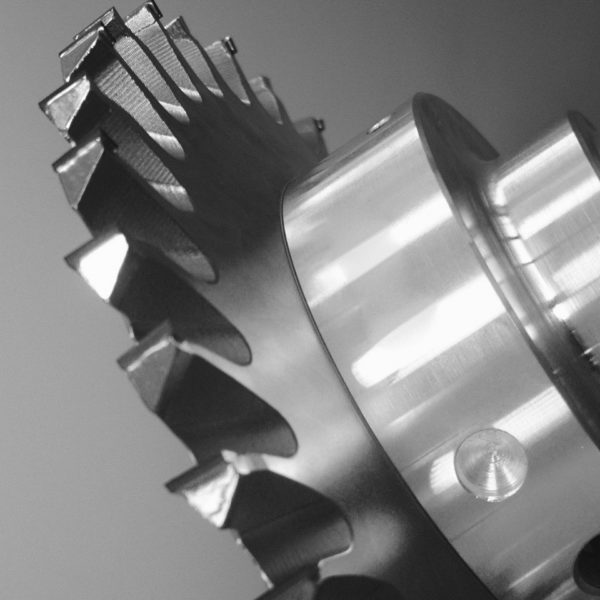The Safety of Cutting Tools

The North American woodworking industry is not regulated with standards and guidelines that insure the safety of cutting tools. Cutting tools can be dangerous and, if used incorrectly, can inflict serious injury and even death! Basic safety guidelines such as wearing eye protection, using saw guards, dust masks and other common sense precautions seem obvious, but there are many facilities that do not enforce them. There is no standard norm in North America that determines minimum safety features in the manufacture of a cutting tools. As a result, buying a cutting tool from just any supplier may be risky business. One can only hope they know at what point the risk a design or tool request might hold, is too high and the request to manufacture must be declined.
The primary concern in the design of a cutting tool is safety. A poorly designed tool can result in catastrophic accidents that can maim someone permanently or worse, cause a fatality.
In Germany, for instance, anyone engaged in the manufacture of cutting tools is required to have attended a trade school to understand all aspects of tool making and to understand the rules and adhere to them at all times. According to the Accident Prevention Directives of the Association of Woodworking Careers (Holzberufsgenossenschaft) which is the oversight authority for the industry workers, the employer must have all cutting tools made, serviced and assembled by skilled professionals, i.e. an individual who, based on his/her trade, education and experience has extensive knowledge in the area of tool maintenance, tool safety standards, accident prevention rules and is familiar with the technical aspects that he/she can accurately judge the condition of any cutting tool for its safe operation.
Tool marking requirements, such as exhibiting maximum allowable rpm of the tool and rotation indicators are great examples of very basic safety directives that are not required in the US and are generally absent on tools manufactured in North America. Another example is re-tipping saw blades. In general, by the time a carbide saw blade has run its course of 7 to 10 sharpenings, the saw plate is fatigued and ready for retirement. You could compare this to a marathon runner. Re-tipping a saw blade, would be like meeting a Marathon runner at the finish line, giving him/her a new pair of shoes and saying “run another Marathon!”. The folks who support the argument of re-tipping a saw blade are doing so out of a lack of understanding how big a role the integrity of the saw plate itself plays in cutting performance and tool life.
An employer who allows his blades to be re-tipped is running an unnecessary liability risk. Imagine a tip came off a newly re-tipped blade and hits the saw operator? The manufacturers warranty and insurance will be void, and the saw shop is often not much more than a one-man shop. Often the small service shops don’t even carry liability insurance.
It is not unusual to see cutting tools in U.S. woodworking plants that would not meet European Safety Standards for safe operation. There are relationships between shank diameter and overall diameter (on router bits), and cutter or saw diameter versus arbor diameter that cannot be overridden. Bottom line is, when it comes to cutting tools don’t take any chances and choose a company who has the expertise and know-how to deliver a safe, high performance cutting tool.
www.gdptooling.com
